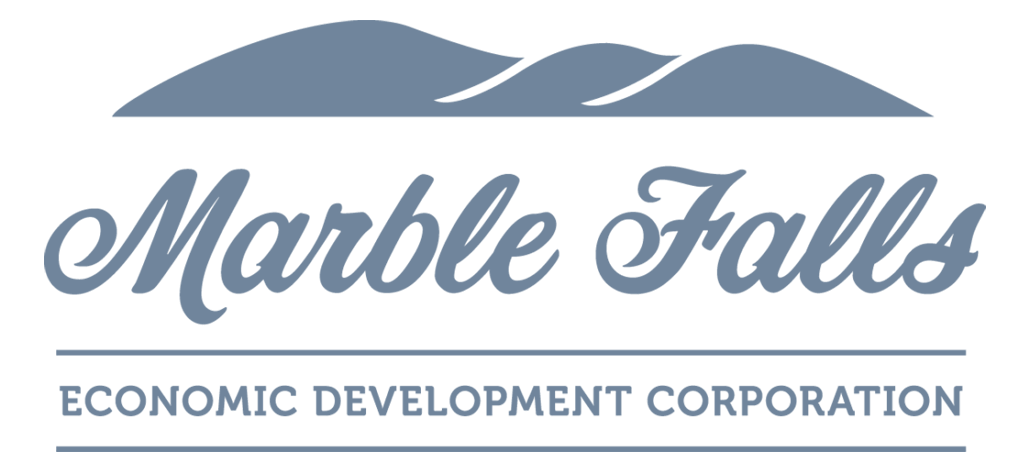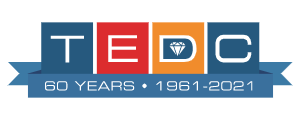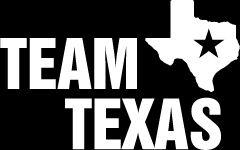Growing communities often face challenges beyond the typical obstacles of project logistics, infrastructure, staffing, funding, and questions about community identity. Change is difficult, and dealing with change can elicit a visceral response on the part of a community.
To compound the problem, we as citizens usually begin with little-to-no information on a developing issue. If we don’t attend every meeting, hearing, and workshop related to that issue—and who would—we must then rely on potentially unreliable sources to form opinions. Sensationalism, context, the immediacy of social media, emotion, and the omnipresent rumor mill enter the equation, and it’s no wonder that so few citizens are able to achieve a clear understanding of what’s really happening in a community.
So, it is with this spirit of transparency that I aim to clear up a few misconceptions about current and potential projects with which the EDC is involved.
First, allow me to dispel the notion that the EDC is donating $2.5 million to Scott & White. Earlier this month, the EDC board authorized up to $2.5 million for infrastructure assistance pending the execution of a mutually-acceptable performance agreement. Any time the EDC provides financial assistance for a project, a performance agreement is required; the EDC is not a philanthropic foundation, but rather an economic development organization responsible for facilitating job creation and investment in a community. The performance agreement between the EDC and Scott & White has not yet been finalized, but it will most likely take the form of a multi-year contract with provisions for the EDC to reimburse Scott & White for infrastructure costs based on the number of jobs they create and/or the amount of capital they invest. Using the most conservative estimates given, economic impact analyses have projected the creation of 576 direct jobs during the construction phase alone, another 623 direct industry jobs related to operations, more than 636 indirect and induced jobs, and a total 10-year economic impact of $985 million. The Hurd Regional Medical Center is an economic development project of unprecedented magnitude for Marble Falls, and something that absolutely justifies the EDC’s involvement.
Another project of interest to the EDC is the new Visitor Center. In 2011, the EDC got the ball rolling by purchasing the triangular parcel formed by the intersections of US 281, Avenue G, and 2nd Street. The City is using hotel occupancy tax dollars to pay for the construction of the facility, which will be staffed by the Chamber of Commerce beginning in the Spring of 2013. As Bill Rives, Executive Director of the Marble Falls Chamber, likes to say, “It’s being named after the people who are paying for it.” I share this quip because it’s the simplest way to separate this hotel tax expenditure from other taxpayer dollars. (Contrary to what some would like to believe, the City can’t pave residential streets with HOT revenues.) The people of Marble Falls are not paying for the Visitor Center; in fact, tourism spending that results from the Center’s existence and operations should provide measurable economic benefits—not economic burdens—to our citizens.
I’ve also heard many concerns about parking at the new Visitor Center, but we will actually be in much better shape on that front than what our current Visitor Center provides. At the depot, there are no more than eight head-in spaces and very limited room on the street for parking. Bus access is nearly impossible, so the Chamber has never been able to attract large groups to the depot. At the new Visitor Center, the site plan calls for eleven angled parking spaces on Avenue G, five head-in spaces on 2nd Street, and ample parking on Avenue G that will be tied to the Blue Bonnet Café parking lot reconfiguration. For the first time, the Chamber will be able to accommodate bus parking and tour groups at the Visitor Center.
The final project I’d like to address is the prospective sports or recreational complex. Through stakeholder interviews, focus groups, steering committee meetings, workshops, and more, the sports complex feasibility study is nearly complete. While revenue streams to pay for a complex have been informally introduced, the serious business of looking at what our community can afford is happening now. Of course, conversations about funding rarely go far without mention of the EDC as a potential partner, so it is my job to stay involved in the process and treat the sports complex as a prospective project.
To provide a little background, the sports complex feasibility study breaks down the project into four phases. Simply stated, the first two phases would provide baseball and softball fields, flex fields, tennis courts, soccer fields, a football field, and practice facilities at an estimated cost of $9 million; Phases III and IV entail an indoor sportsplex and a natatorium for $26 million. Very early in the process, the differentiation between the components of the complex that could be feasible and those that could not became obvious. The outdoor amenities were projected to draw more attendees and more tournaments, generate net income before debt service from the very first year of operations, and, obviously, cost less overall than the indoor facilities. Therefore, for nearly everyone involved with the feasibility study, the conversation about a sports complex shifted to Phases I and II alone, and whether $9 million could generate an appropriate return on that investment—yet opponents of the sports complex still dwell on a $35 million price tag that no one in his right mind could justify.
I’ll share a final thought, along with the disclaimer that this is my opinion and nothing else, on our existing park facilities and the notion that we should just fix what we have now. There is no question that our current facilities need improvement, even if they are relegated to use as practice facilities alone. Spending a million dollars or more on upgrades without an accompanying expansion, however, would make less sense than building a complex that generates substantial revenue streams. We don’t have adequate facilities to handle our existing local demand, so we will need to expand anyway—why not expand enough to allow tournaments, leagues, clinics, and guests to help us pay for a recreational complex?
As always, I welcome your questions, comments, concerns, and interest in what’s going on at the EDC.






